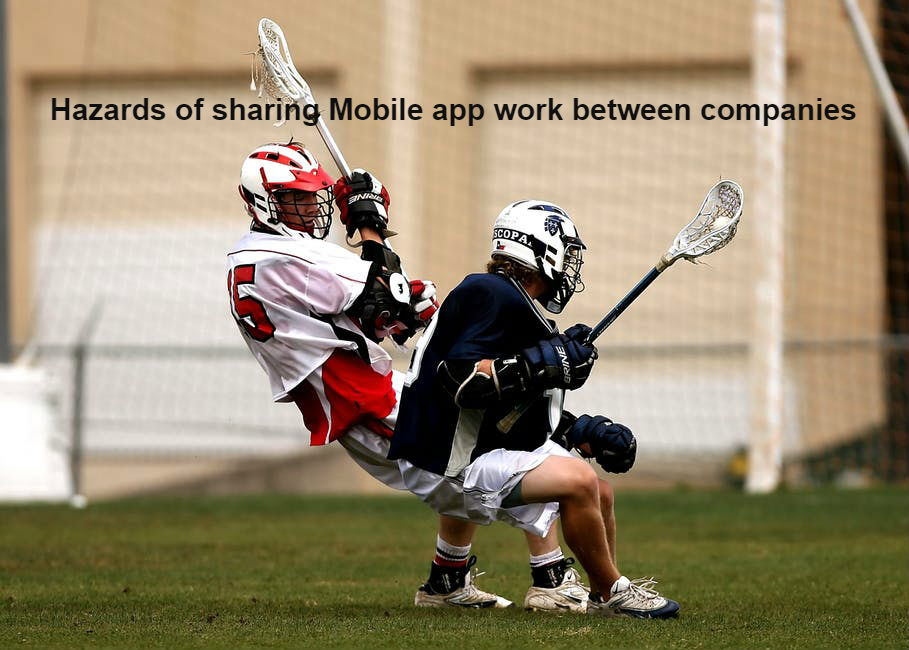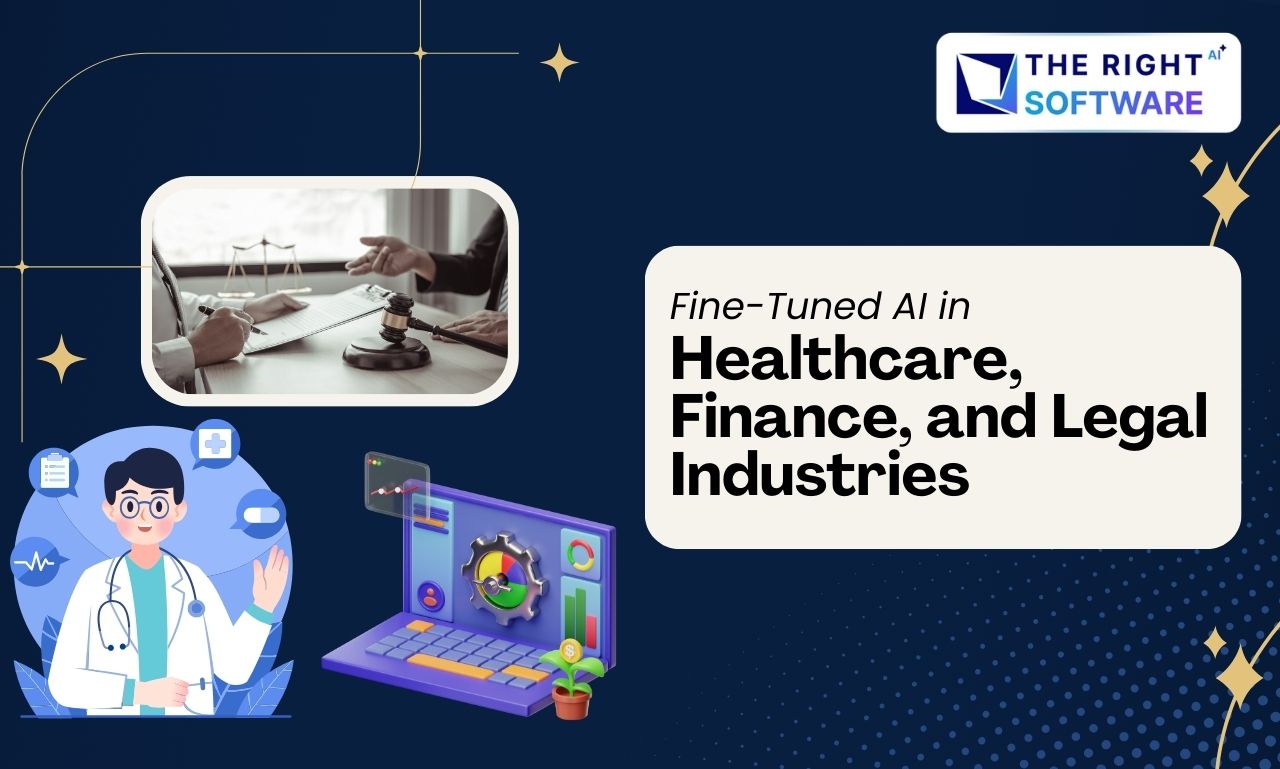Challenges of Splitting Mobile App Development Across Multiple Vendors
For any given mobile application, development typically involves two major components. First, there is the application code itself—written in languages such as Java, Kotlin, Swift, or C-based variants. Second, there is the integration with a web-based data source, usually implemented via APIs or web services connected to a backend database.
While some applications may operate without persistent storage or external data, this is the exception rather than the rule. Most production-grade mobile apps rely heavily on backend systems for state management, user data, and real-time updates.
Recently, we encountered a scenario where a client engaged us to develop mobile applications while retaining their original development team to handle the backend APIs and database. On paper, this division of responsibility appeared reasonable. In practice, however, it introduced several logistical and operational challenges that unfolded over the course of the project.
This article outlines common issues that arise when software development is shared between multiple companies. While freelancers introduce a different set of risks altogether, the challenges discussed here are specific to multi-vendor, company-to-company collaboration. Not all of these issues will apply in every case, but awareness can help mitigate them early.
Common Issues in Multi-Vendor App Development
1. Lack of Communication and Misunderstandings
When more than one company is involved, miscommunication becomes almost inevitable. Each team may use different tools—one might rely on Jira, another on Trello—and maintain separate task boards, workflows, and priorities.
Although the client may communicate similar requirements to both teams, differences in task interpretation and scheduling often result in misaligned expectations and duplicated or conflicting efforts.
2. Slow Processing of Requests
Each vendor naturally prioritizes its own deliverables. Requests that depend on another team—such as API changes or bug fixes—may not receive immediate attention, leading to delays and frustration for all parties, especially the client.
Developers on both sides tend to test and validate scenarios based on their own deadlines rather than the overall project timeline.
3. Client Preferences and Bias
Human nature favors familiarity. A client is more likely to trust a long-standing vendor over a newly onboarded one. As a result, blame—fair or not—may disproportionately fall on the newer team, creating friction and impacting collaboration and morale.
4. Perceived Product Quality Differences
With two teams working in parallel, clients may subconsciously compare one vendor against the other. Assumptions can form about which team is “better,” even when differences stem from distinct development philosophies, constraints, or technical decisions rather than actual quality gaps.
5. Difficulty in Meeting Deadlines
Deadlines often suffer in shared-development scenarios because dependencies are outside a single team’s control. Delays in APIs, changing data contracts, or evolving requirements can easily lead to scope creep and timeline slippage.
6. Mobile App Performance and Optimization
Mobile apps and backend systems must work in tight coordination. When both are developed simultaneously by different teams, optimization often takes a back seat. Without a strong technical lead, performance bottlenecks, inefficient data handling, and security concerns may go unaddressed until late in the project lifecycle.
7. Responsibility and Accountability Gaps
When issues arise—such as mismatched data types, incomplete API documentation, or database versioning conflicts—it can be difficult to clearly assign responsibility. Clients may find themselves caught in a back-and-forth between vendors, slowing resolution and eroding trust.
Lessons Learned
Based on our experience, the following practices can significantly reduce friction in multi-vendor development projects.
Appoint a Clear Project Leader
Always designate a single project leader who is technically competent and respected by all parties. This individual should have the authority to make decisions, resolve disputes, and ensure alignment without bias or external pressure.
Sequence Development Where Possible
If feasible, delay one side of development—typically the mobile app—until the backend APIs reach a stable state. This creates a stronger foundation and reduces rework caused by changing data structures or endpoints.
Enforce Proper Documentation
Both teams should be required to document their work to a reasonable standard. API contracts, data types, error responses, and versioning details should be clearly defined to enable seamless integration and reduce ambiguity.
While shared development models can work, they introduce inherent complexity. Whenever possible, it is often more efficient to entrust the entire scope—mobile apps, APIs, and web components—to a single, capable development partner. This ensures accountability, consistency, and smoother execution.
If you have experienced similar challenges or have insights to share, feel free to leave a comment below.





